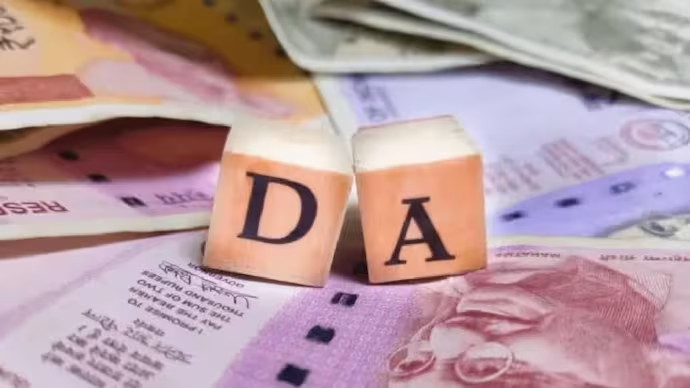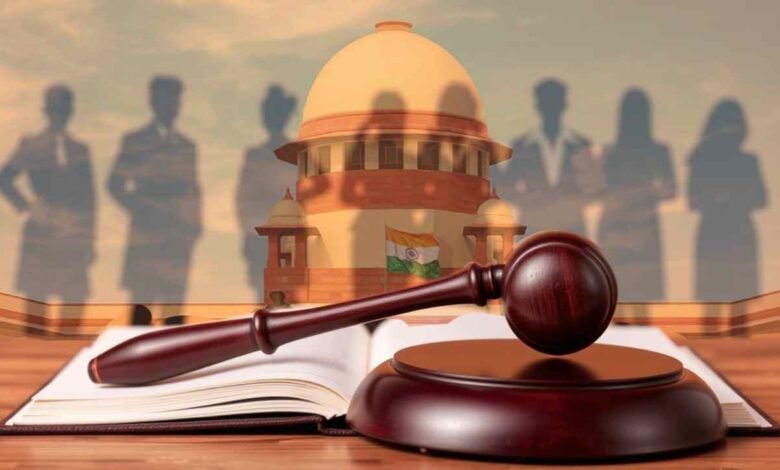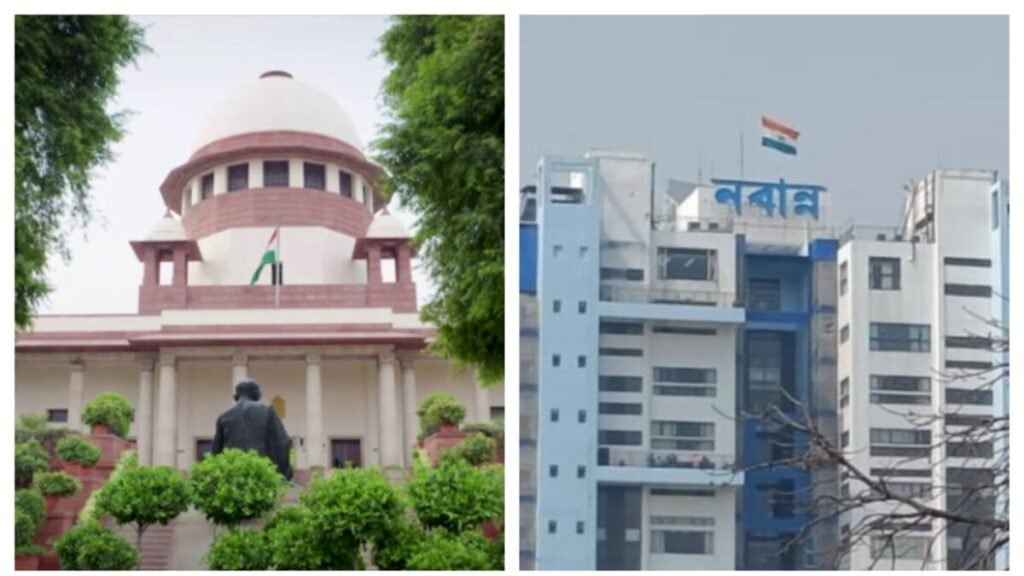West Bengal D.A. Issue The West Bengal Dearness Allowance (D.A.) controversy is not merely a fiscal or administrative debate—it is a deeply emotional and human issue that reflects the struggle of government employees seeking justice, respect, and financial parity. As the crisis continues to dominate headlines, what lies underneath is a story of dedication, dissatisfaction, and an unwavering hope for fairness. This article delves into the emotional, economic, political, and judicial aspects of the D.A. dispute in West Bengal, offering a comprehensive view through the lens of human experience.
Understanding D.A.: More Than Just an Allowance
West Bengal D.A. Issue Dearness Allowance, commonly known as D.A., is a cost-of-living adjustment paid to government employees and pensioners to mitigate the impact of inflation. It is revised periodically to keep up with rising prices. Across India, D.A. Serves as a key mechanism for maintaining public sector employees’ purchasing power.
However, in West Bengal, the D.A. issue has become contentious, with employees receiving significantly less D.A. than their counterparts in central government or other Indian states. While central government employees enjoy D.A. rates above 40%, West Bengal government employees receive barely 6-10%, leading to a massive gap in monthly earnings.
The Human Side: Voices from the Ground
The Struggle of Teachers and Clerks
West Bengal D.A. Issue Imagine being a schoolteacher in Kolkata or a clerk in a district office in Cooch Behar, working tirelessly to educate future generations or keep public systems running—only to return home each evening to face financial stress. From rationing groceries to postponing children’s education plans, many government employees in West Bengal say they feel punished for their service.
Mr. Ranjit Dey, a government school teacher in Hooghly, says, “It feels like a betrayal. I joined government service thinking it offered dignity and security. But today, I am struggling to support my family.”
Historical Timeline of the D.A. Crisis
2009-2016: The Root of the Disparity
West Bengal D.A. Issue The D.A. discrepancy in West Bengal started widening post-2009 when other states began increasing D.A. to match central government revisions. However, the West Bengal government chose not to align its policies. Over the years, the gap widened from a few percentage points to over 30%.
2017-2022: Protests and Legal Battles Begin
West Bengal D.A. Issue: A Long-Drawn Battle for Justice and Fair Wages As the financial burden on employees worsened, unions such as the Confederation of State Government Employees launched protests and strikes. Demonstrations outside Writers’ Building and Nabanna became a common sight.
Eventually, the matter reached the judiciary. In May 2022, the West Bengal government was instructed by the Calcutta High Court to disburse the D.A. arrears.arrears and align it with central rates.
2023-Present: A Battle Still Unresolved
West Bengal D.A. Issue: A Long-Drawn Battle for Justice and Fair Wages Despite court rulings, the state government challenged the decision in the Supreme Court. The case is now pending, leaving over 10 lakh employees and pensioners in limbo. This judicial deadlock has caused immense psychological and emotional stress among families relying on government income.
Economic Consequences on Employees
Stagnant Salaries Amid Soaring Prices
With fuel prices, food items, and medical expenses surging in recent years, low D.A. translates to decreasing real income. Employees who once managed small savings now struggle to pay monthly bills. Take the case of Mrs. Anjana Sen, a retired government employee. “My pension doesn’t keep up with inflation. I’ve had to stop my medical insurance. It’s humiliating.”

Impact on Mental Health
West Bengal D.A. Issue: A Long-Drawn Battle for Justice and Fair Wages The uncertainty and continued neglect have led to a rise in anxiety, depression, and stress-related ailments among employees. Many feel they are treated like second-class citizens compared to their central or even neighboring state counterparts.
Psychologists have recorded a notable increase in consultations from public sector workers dealing with stress and financial anxiety. It’s no longer just about money; it’s about self-worth and justice.
Political Perspectives and Power Play
Mamata Banerjee’s Stand
West Bengal Chief Minister Mamata Banerjee and her government argue that the state’s financial condition does not permit an increase in D.A. at par with the central rates. They cite the burden of state-sponsored social schemes like “Lakshmir Bhandar” and “Swasthya Sathi” as reasons for tight fiscal space.
She claims, “We prioritize people-centric development. D.A. is not a constitutional right; it depends on the government’s capacity.”
Opposition Fire
The Bharatiya Janata Party (BJP) and other opposition parties have aggressively criticized the TMC government, accusing it of financial mismanagement and injustice towards public employees.
Leader of Opposition, Suvendu Adhikari, said, “Mamata Banerjee’s government has money for doles and celebrations but not for honest workers. This is shameful and inhuman.”

Judicial Verdicts and Delays
West Bengal D.A. Issue The Calcutta High Court judgment in 2022 was seen as a historic victory for employees. The Court clearly stated that D.A. is a part of salary and must be paid on par with central employees.
However, the State moved the Supreme Court with a special leave petition, arguing financial constraints and federal autonomy. The SC has yet to deliver a final verdict, leaving lives hanging in the balance.
Many employees say they feel caught in a game of ping-pong between courts and politicians. “Every hearing gives us hope, and every delay breaks it,” says Anirban Chakraborty, a senior officer from Burdwan.
Role of Employee Unions
West Bengal D.A. Issue Employee unions have played a significant role in keeping the issue alive. From sit-in protests to online campaigns, they have highlighted the plight of lakhs of workers and pensioners.
The Confederation of State Government Employees of West Bengal remains at the forefront, organizing mass movements and building public opinion. But despite their efforts, many employees feel their voices are still unheard at the highest levels of governance.

A Comparative Study: West Bengal vs Other States
West Bengal D.A. Issue When comparing D.A. figures, the inequity becomes even clearer.
| State | D.A. Percentage (2024) | Approx. Monthly D.A. for Group-C Employee |
| West Bengal | 6% | ₹1,500 |
| Uttar Pradesh | 46% | ₹11,500 |
| Maharashtra | 45% | ₹11,250 |
| Tamil Nadu | 44% | ₹11,000 |
| Gujarat | 46% | ₹11,500 |
West Bengal D.A. Issue This stark difference not only demoralizes employees but also discourages talented youth from joining the state government.
The Digital Age: Social Media Campaigns and Awareness
West Bengal D.A. Issue In recent years, the D.A. issue has found new life on digital platforms. Twitter (now X), Facebook, and YouTube are filled with awareness videos, emotional testimonies, and trending hashtags like #JusticeForWBGovtEmployees and #WBDAPending.
These digital voices, though powerful, still await real-world impact.
What Needs to Be Done: Possible Solutions
- Dialogue and Transparency: The state government must engage in open dialogue with employee unions and present a transparent roadmap for D.A. adjustment.
- Phased Implementation: If full D.A. parity is unaffordable immediately, a phased increment plan should be established.
- Judicial Urgency: The Supreme Court should expedite the hearing, as the issue affects lakhs of livelihoods.
- Budget Prioritization: Reallocation of budget from non-essential expenses to employee welfare could help ease the burden.
- Empathy in Governance: Above all, the administration must approach this issue with empathy, understanding that it’s not just numbers but human lives at stake.
Conclusion: A Cry for Justice
West Bengal D.A. Issue The West Bengal D.A. crisis is not just about an unpaid allowance; it’s about respect, recognition, and fairness for those who serve the state. Government employees are the backbone of public service—from teachers and nurses to clerks and engineers .They’ve earned dignity through service – now pay them what they’re worth.
As the legal and political machinery continues its slow churn, time ticks away for thousands of families. They wait—not just for arrears or revised salaries—but for acknowledgment, justice, and above all, hope.
Let us remember that governance is not just about policies and speeches—it is about people. And until these people feel heard, no state can truly call itself just or progressive.
West Bengal D.A. Issue: https://blindspotnews.com/west-bengal-d-a-issue/
For more information on PDF https://finance.wb.gov.in/writereaddata/1132-F(P2).pdf


One thought on “West Bengal D.A. Issue: 1A Long-Drawn Battle for Justice and Fair Wages”